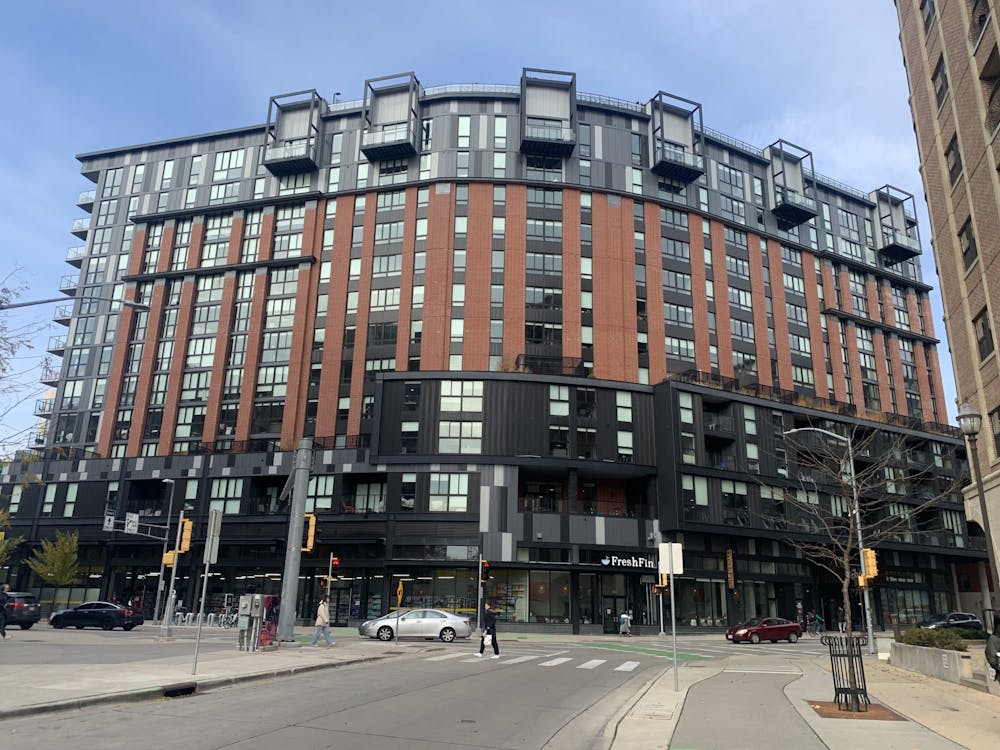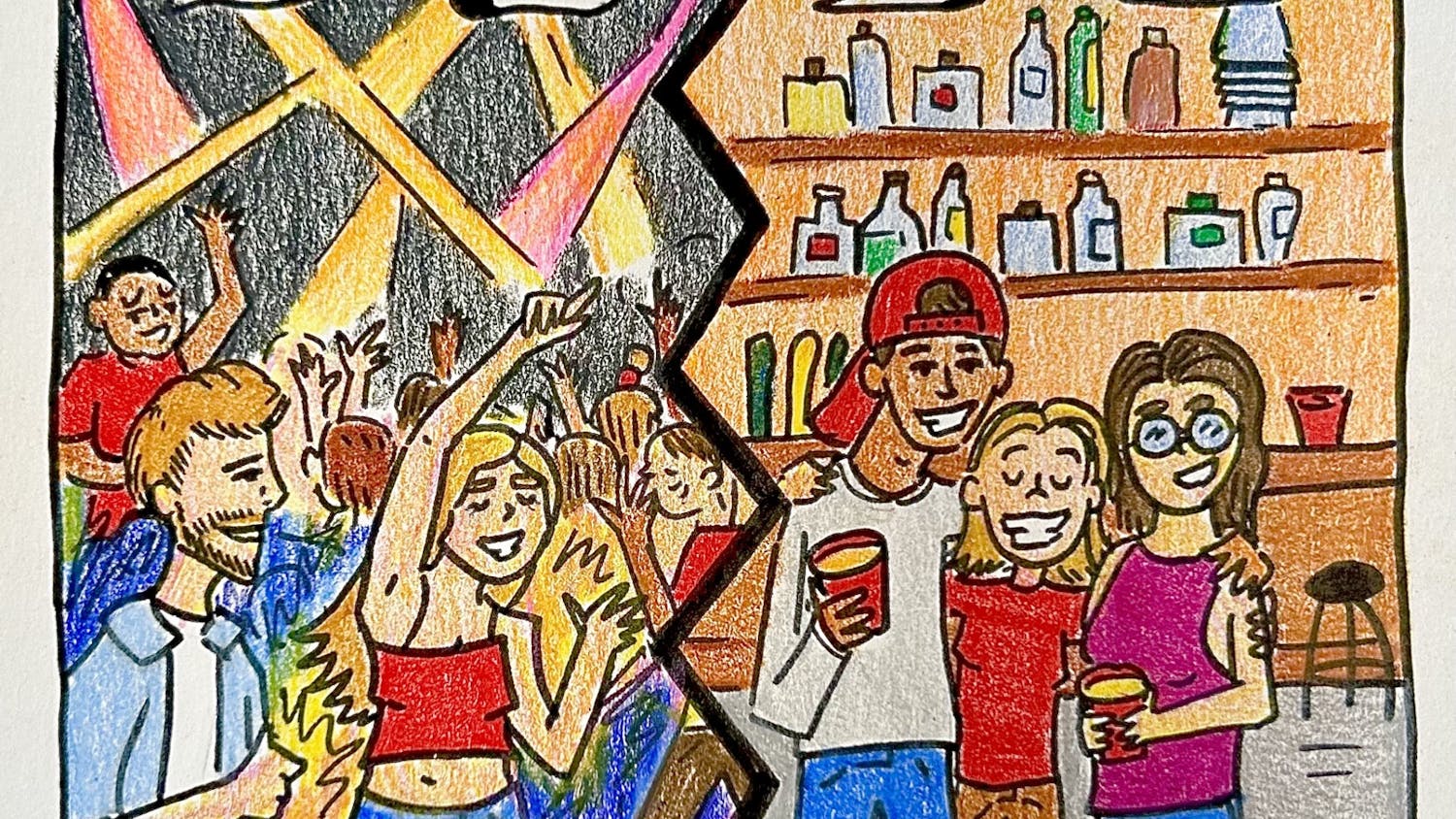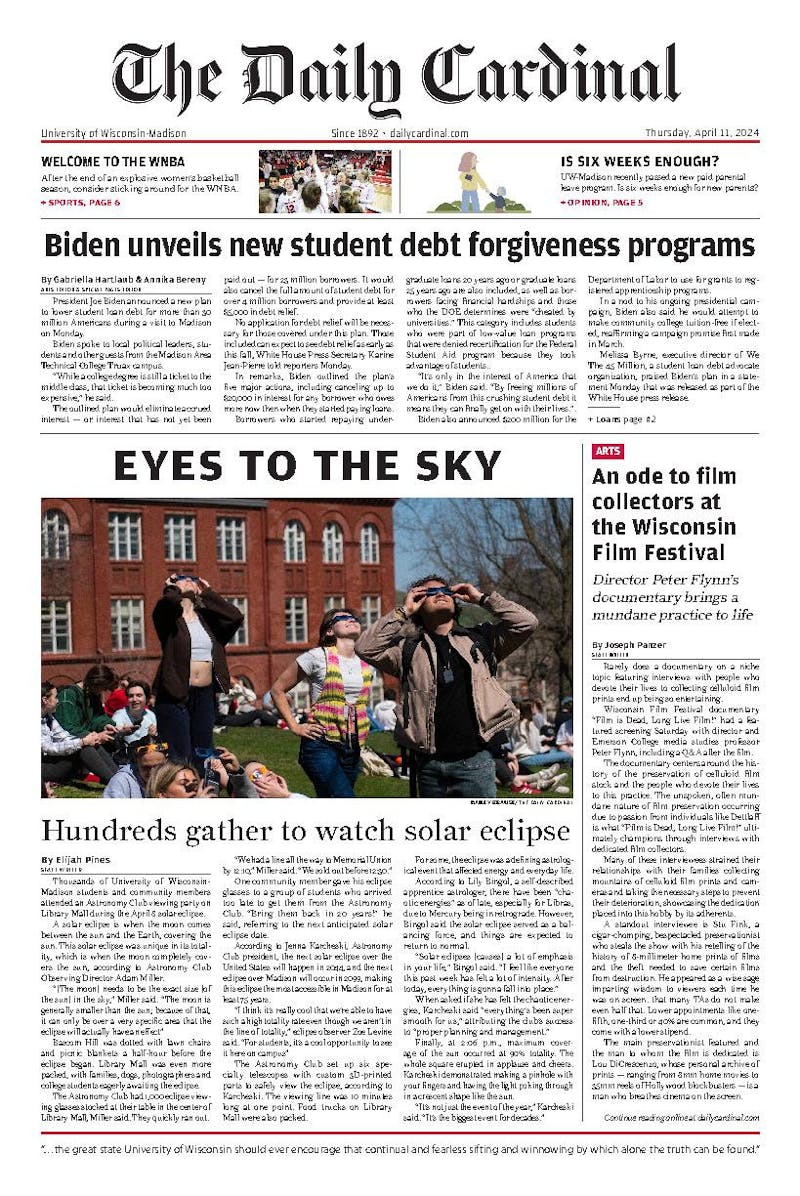It seems the fourth time's the charm. After three rejected proposals, CoreSpaces, a nationwide real estate company, has been approved to build a third luxury apartment complex in downtown Madison. Past proposals were rejected by the Campus Area Neighborhood Association for reasons, such as improper prior management, impairing the historic character of the proposed site and creating barriers to affordable off-campus housing — to name just a few.
However, there is at least one clear benefit to the completion of such a project: it will provide a way for the University of Wisconsin-Madison to continue to house its ever-growing student population in a location near campus.
Nonetheless, if this trend continues, more affordable campus duplexes or townhouses will progressively be replaced by higher-density luxury apartment complexes.
As it is, many students attending the university already struggle to afford housing. One student I spoke with reported working 40 hours per week during the spring semester in order to afford rent and tuition. The university recommends that students work 25 or fewer hours per week, but for many students, such a schedule will not cover the university’s cost of attendance. Housing costs have increased over the past years while hourly wages remain relatively stable, exacerbating the already volatile situation.
Even when the university provides students with money to go towards housing, it is often only usable in the dorms. However, the dorms are undergoing a housing crisis of their own, as reported by The Cap Times.
Between an increase in student enrollment and students who missed the dorm experience during the peak of the pandemic, the university can simply not provide a space for the number of desiring students.
University Housing has had to take uncomfortable measures — placing three students in rooms designed for two, converting common areas into four-student living spaces and even converting a campus hotel into undergraduate housing.
If off-campus housing becomes increasingly expensive, as the current trends indicate that it will, an increased number of students will be forced to remain in the dorms for a longer proportion of their academic careers — a growing influx of students the university is not equipped to handle.
What options will students be left with?
Oliv Madison believes they have a solution. As published on their website, they boast that “approximately 10% of beds (110) to be leased at rates well below market rents for students from low to moderate income households.” This discount will reportedly amount to 30% off of an average rent expected to be priced around $1,040 per month.
If buildings like Oliv Madison are the future of off-campus housing, the least students can expect to pay even with such a discount is about $728 per month for their own room in the building’s cheapest unit type. Importantly, this figure is much higher than averages for private rooms in duplexes or townhouses, which can run as low as $400 per month per person.
Some schools with campuses in high cost-of-living areas have opted to subsidize off-campus student housing to ensure that students can afford to live in high-demand areas. For instance, Stanford University has leases with 14 different properties in four locations bordering its campus. While single rooms in multi-bedroom apartments generally cost over $2,000 per month, individual students using this program will pay around $1,400 per month for one bedroom in a double occupancy apartment. Each of these properties comes furnished, and costs include utilities, internet and at least one parking spot per unit.
As long as UW-Madison continues to increase its student population and allow more luxury apartment buildings to replace off-campus homes, the university must subsidize off-campus housing.
This is the only way to guarantee that the students who call Madison their home will be able to remain within walking distance from campus buildings. Subsidization is a needed approach for students. Getting rid of well-loved businesses and historic architecture is a regrettable price to pay, but if we are going to build these buildings in spite of those concerns, then Madison deserves for these structures to at least be affordable.
Ellie Olson is a junior studying philosophy and neurobiology. Do you agree on the need for more affordable housing options for Madison students? Send all comments to Opinion@dailycardinal.com.






